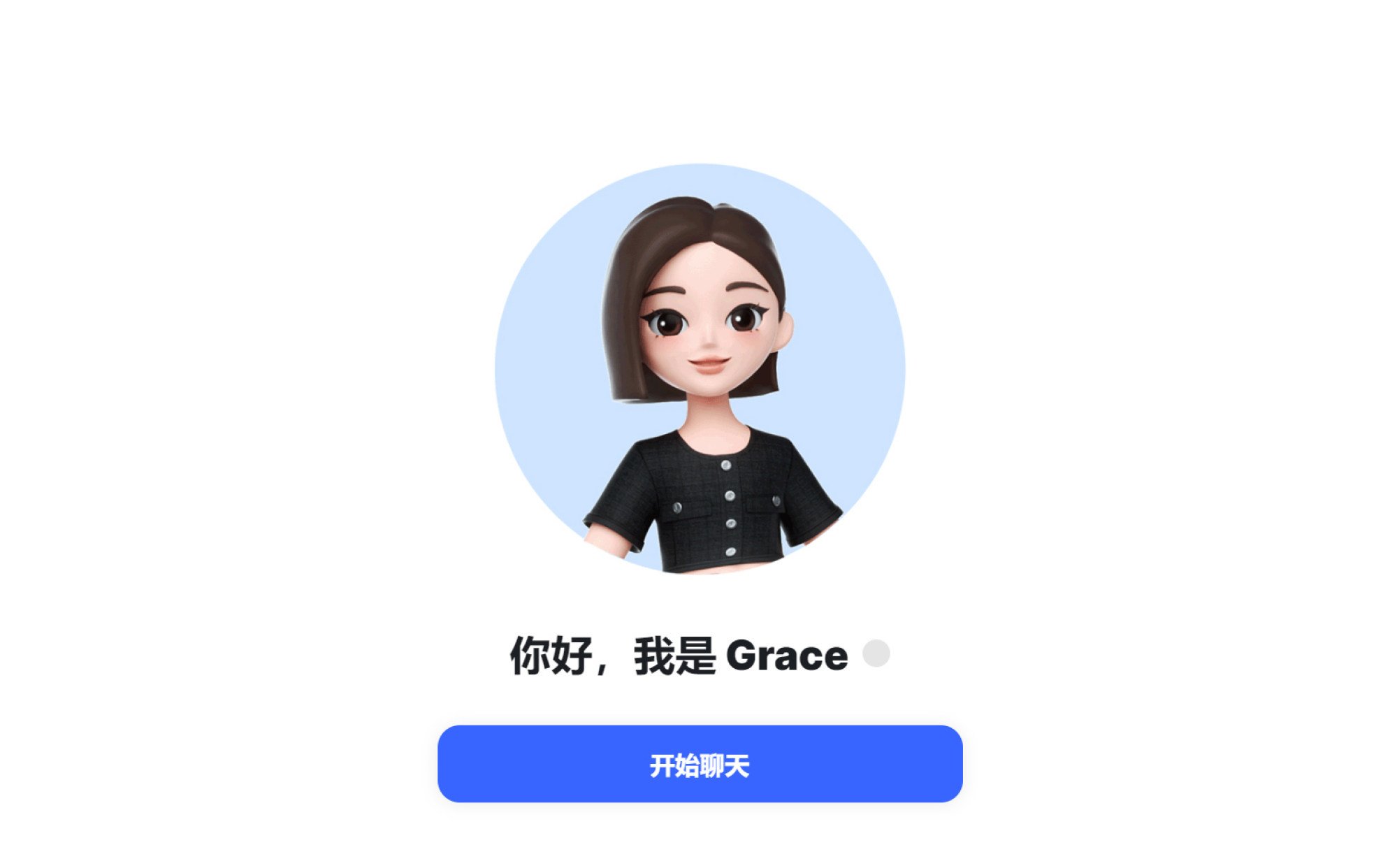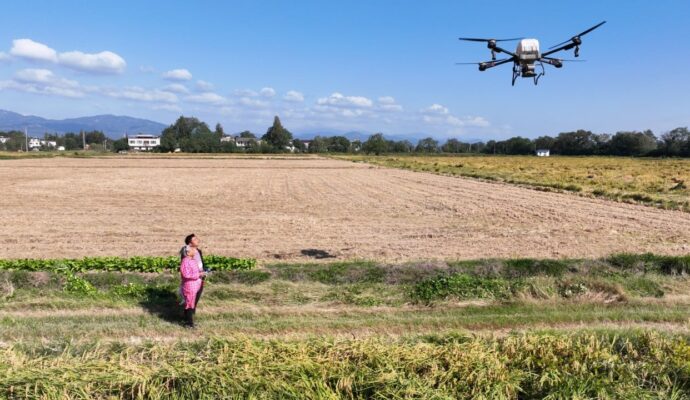Promoted with the slogan “your AI bud”, the Grace chatbot is currently accessible only to ByteDance corporate email account holders, who can log on and use the service via its website gracebot.cn.
On Tuesday, another ByteDance representative said in an emailed statement that Grace “will only be available in the China market”, while acknowledging that the chatbot is “currently undergoing more internal testing”.

Like ChatGPT, Grace was built with a generative AI algorithm, which is used to create new content, including audio, code, images, text, simulations and videos. Recent breakthroughs in this field have the potential to drastically change the way people approach content creation.
The current state of Grace, however, indicated that ByteDance remains behind other Chinese Big Tech companies that have already launched nationwide trials of their AI chatbots.
The consensus gathered from several employees who have used Grace was that the ByteDance chatbot failed to impress. These employees requested anonymity because they were not authorised to speak to media.
Advertisement
One employee on Tuesday cited as an example the chatbot’s perplexing response to the simple greeting of “Hi Grace”. It said: “Sorry, I’m not Grace. I am Grace.”
TikTok owner ByteDance is testing AI chatbot to challenge ChatGPT
TikTok owner ByteDance is testing AI chatbot to challenge ChatGPT
Another employee said on Tuesday that she felt frustrated with Grace when she tried about a dozen times to get the chatbot to generate some marketing copy.
This employee said all the copy generated by Grace received a “thumbs down” from her.
While ByteDance continued its companywide testing of Grace, one employee asserted that they would not “get their hopes up” because of the way the service has performed so far.
Advertisement
Apple removes ChatGPT-like apps from China store as tighter laws beckon
Apple removes ChatGPT-like apps from China store as tighter laws beckon
At present, China’s government has yet to officially approve any domestic ChatGPT-style service.
Advertisement
Baidu’s Ernie Bot to feature in Great Wall Motor’s vehicles
Baidu’s Ernie Bot to feature in Great Wall Motor’s vehicles
Other Chinese Big Tech firms have also been ahead of ByteDance in developing large language models (LLMs) – the technology used to train chatbots – for various applications in different industries. LLMs are deep-learning AI algorithms that can recognise, summarise, translate, predict and generate content using very large data sets.
Advertisement
By comparison, ByteDance in late June launched a cloud computing platform to host AI models developed by other companies. Cloud computing services enable companies to buy, sell, lease or distribute a range of software and other digital resources as an on-demand service over the internet, just like electricity from a power grid.
Still, ByteDance is said to be developing its own LLM project, code-named “O” and started to actively hire LLM talent, according to a 36Kr report in July.
Advertisement


